Supporting Information
FAQs
Local growing for communities is an asset to our parks. Food growing models can take many forms, but the two most common approaches are ‘Allotments’ and ‘Community Growing’. The differences between these terms are as follows:
Allotments:
-
Allotments are plots of land that are rented by individuals for their own use to cultivate fruit and vegetables.
-
Allotments are private plots of land, which you can pay to rent from the City of Edinburgh Council, or from other private organisations.
-
The City of Edinburgh Council manages 1,609 plots spread over 32 sites across the city.
-
All sites have a waiting list and are grouped based on postcode.
-
Allotments can be rented as an individual or a group.
-
Prices vary, and you can rent plots either in full (10x20m), half (10x10m), or quarters (5x5).
-
Here you can read more about the City of Edinburgh Council’s Allotments.
Community growing:
-
Community growing schemes are about using space within parks and open spaces for growing fruit, vegetables, herbs and edible flowers.
-
Edinburgh is home to an estimated 69 community growing projects.
-
Such projects are often involved in much more than just growing food, working with local communities to promote healthy eating, alleviate poverty and inequalities, improve community cohesion, reduce isolation and encourage nature and outdoor activities, and are often located in areas of deprivation in the city.
-
Models for community growing vary, but core to them is that they are looked after jointly and there will be an agreement about how to share out produce.
-
Community gardens are normally free, or are leased by a community group and are funded at their discretion.
-
Community gardens are normally run by community groups or organisations and usually have their own committee.
-
Here you can read more about the City of Edinburgh Council’s Food Growing Strategy It provides more information about community growing and allotments.
